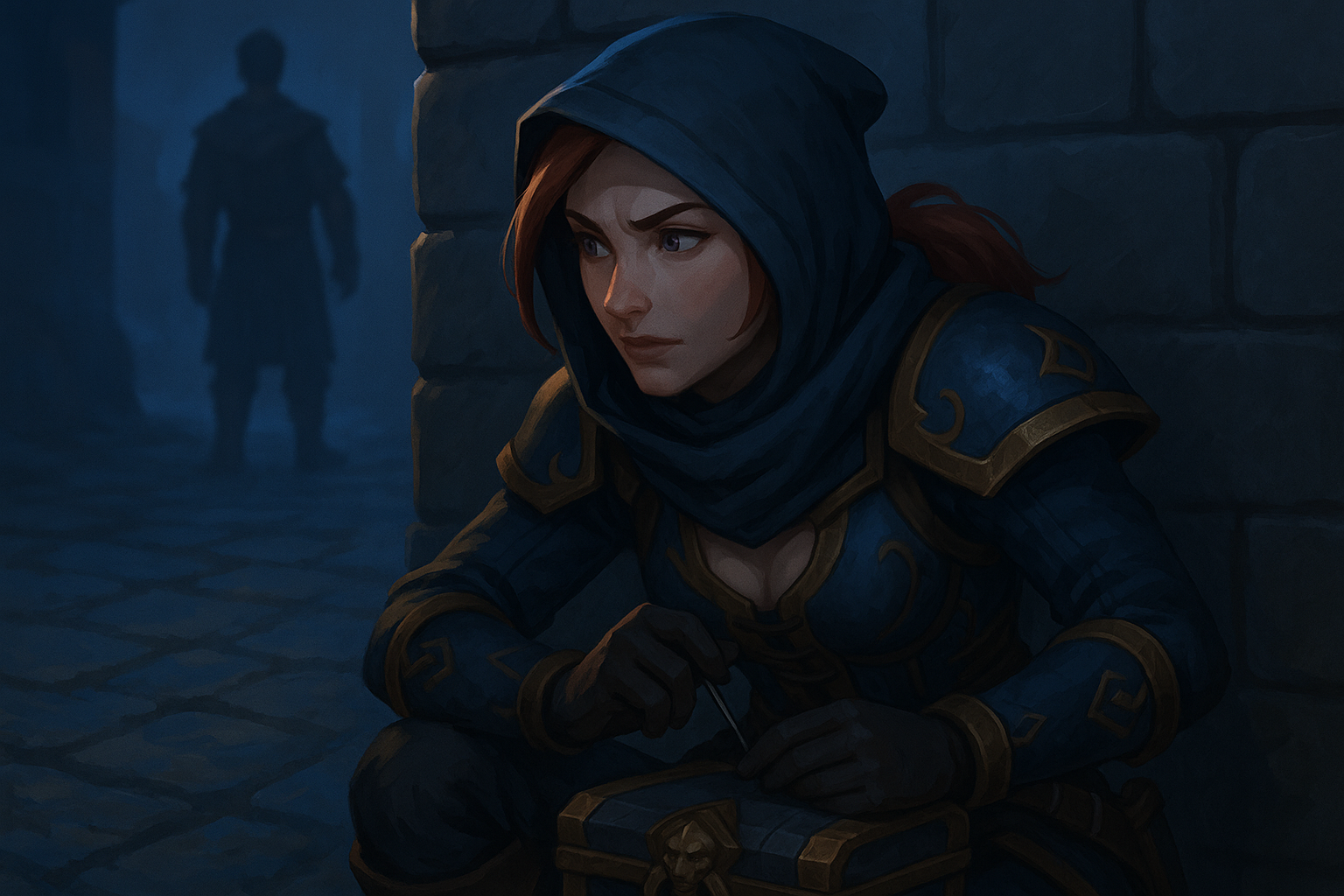Rogues: Sneaky, Stabby, Surprisingly Strategic
A look back at why I chose the sneakiest class in World of Warcraft, and what it has taught me along the way

Six years ago, I was faced with a choice. World of Warcraft Classic was launching, and I needed to pick a class.
I chose Rogue.
For the uninitiated: Rogues are lightly armored, dual-wielding melee fighters. Think pirate swashbuckler plus sneak-thief, with a dash of ninja and a generous helping of “how did you even get behind me?” They pick locks. They vanish in smoke. They stab first, and if they’re doing it right, they don’t even need to ask questions later.
The Illusion of Simplicity
I picked Rogue because it looked simple. Your energy regenerates quickly. You use that energy to build combo points. Then you spend those points on a finishing move.
Boom, done. Tight loop. Immediate payoff. It scratched a tactical itch without overwhelming me.
It also helped that Rogue felt complete even in Classic — a stripped-down version of modern WoW. Some classes were missing key tools that wouldn’t arrive until later expansions. Rogues, though? They had the whole kit: offensive strikes, defensive cooldowns, stealth, escapes, crowd control.
It was one of the few classes that felt like it had a clear identity — a job to do, and the tools to do it.
And honestly, sneaking around and pickpocketing NPCs was just plain fun.
The Tactical Core
What I didn’t expect was how much depth that simple gameplay loop would contain.
The Rogue playstyle is built around anticipation. It’s not just “what should I do next?” — it’s “what should I be doing now to set myself up for success five seconds from now?” Or ten. Or thirty.
You’re always working a few steps ahead of where you are, planning your sequence, building toward an outcome. It's a sliding window of foresight — and you're adjusting it every second.
In professional terms, it’s pure Agile: plan, act, assess, adapt. Repeat. A tight loop of iteration with just enough time pressure to punish hesitation.
And maybe that’s why it’s so fitting that a Rogue’s main stat is Agility.
Tricks of the Trade (and Life)
Later, in a future expansion, Rogues got a new tool: Tricks of the Trade.
On the surface, it was simple — spend some energy to redirect your threat to someone else. Let the tank keep the enemy’s attention. Useful, sure. But the real gift was subtler: it gave the other player a temporary damage boost.
Now you had a decision.
Keep your energy for yourself? Or give your friend a short window to shine, at the cost of your own output?
That’s a test of mindset. Are you playing to top the meters, or playing to help the group succeed?
And here’s the kicker — eventually, a new armor set removed the cost entirely. Tricks gave you energy. Rogues who were already playing the selfless way suddenly found themselves rewarded for it.
The lesson?
Sometimes, doing less for yourself is how you do more. Not just for the team — but for you, too.
Rogue, Revisited
I started playing Rogue because it sounded cool. I kept playing because it felt good. But I stuck with it because, somehow, in all that sneaking and stabbing and combo-point balancing, I was learning something.
About anticipation.
About design.
About teamwork.
And about how sometimes, the best move you can make isn’t for your own benefit at all.
